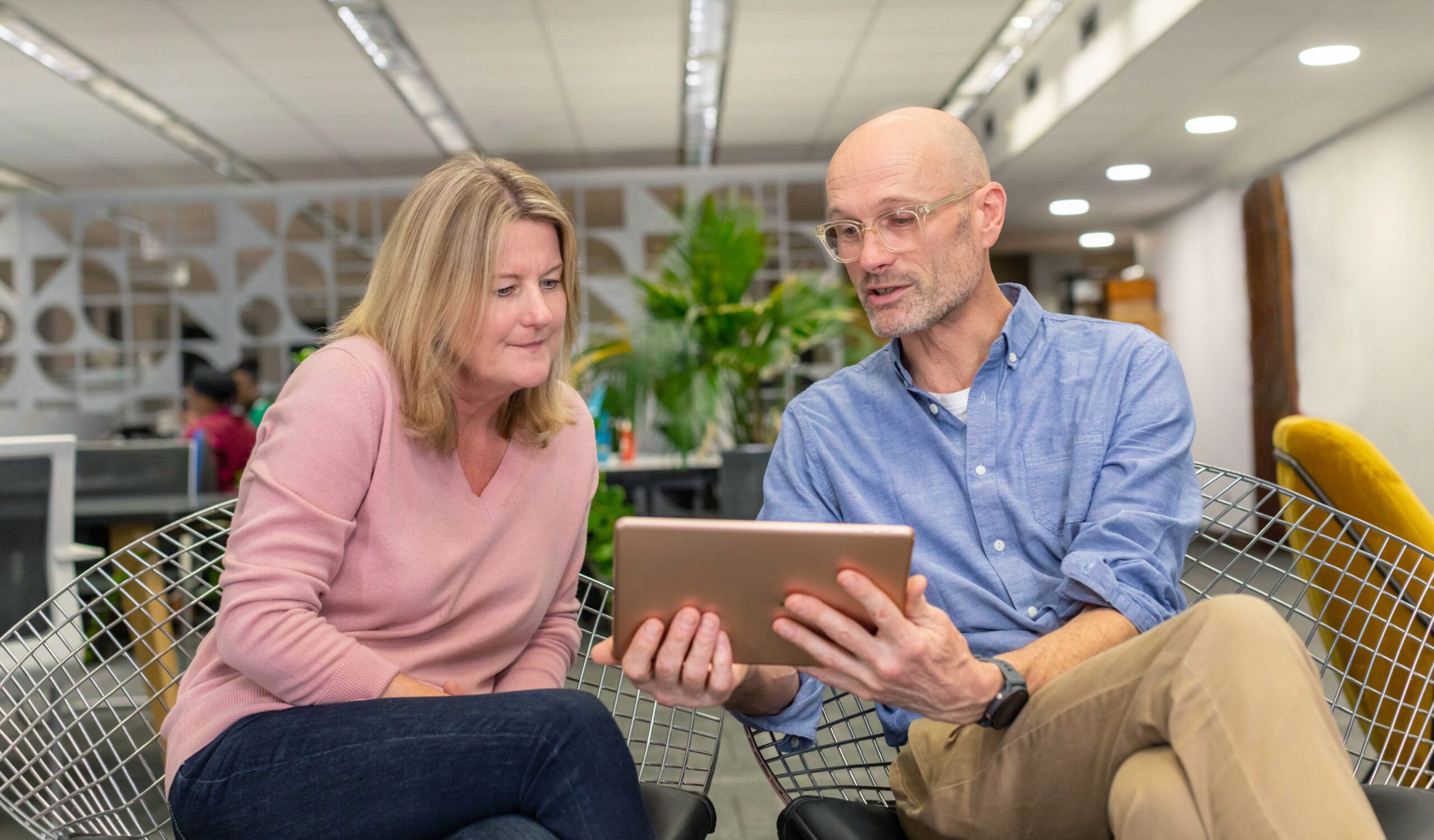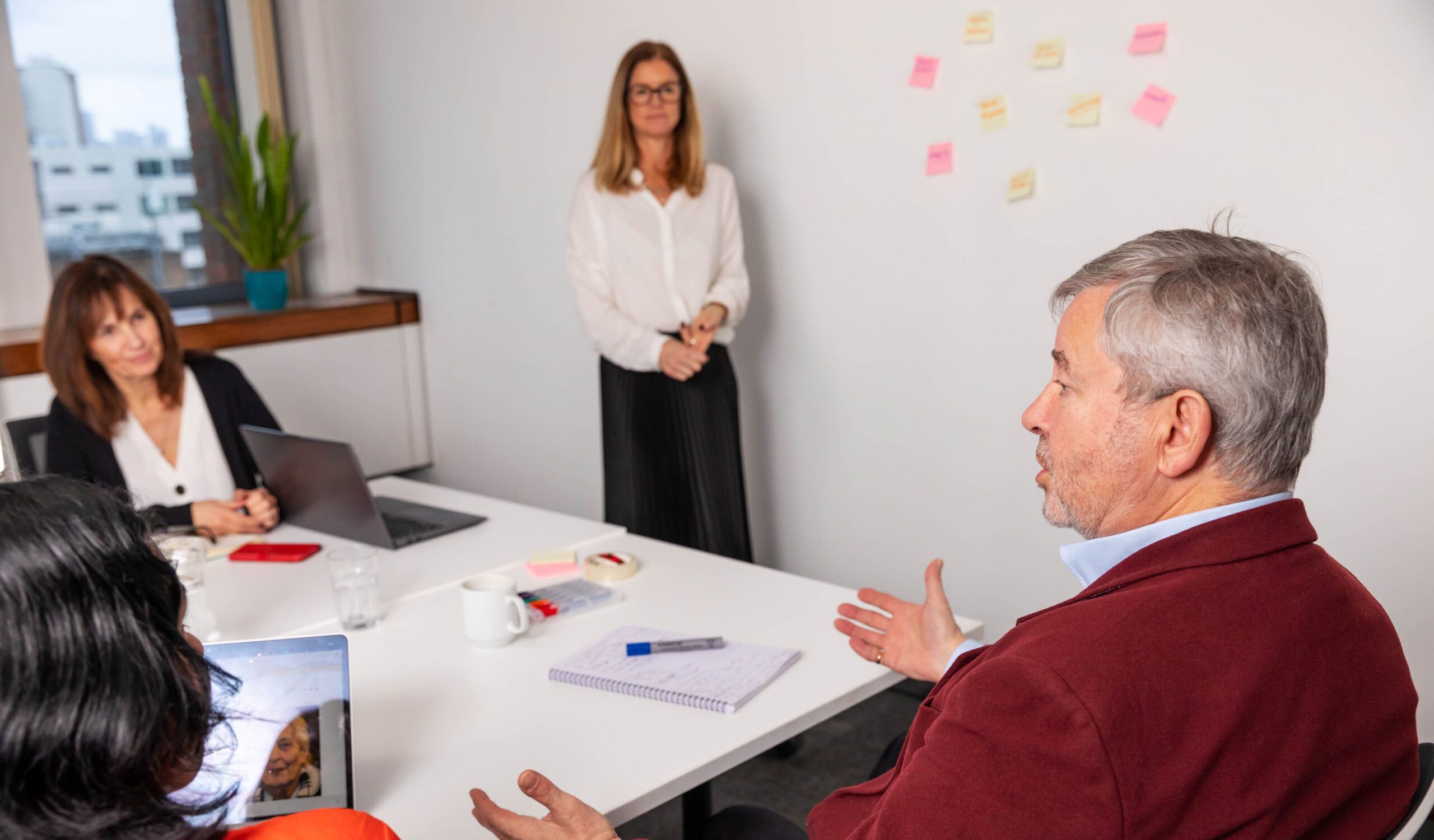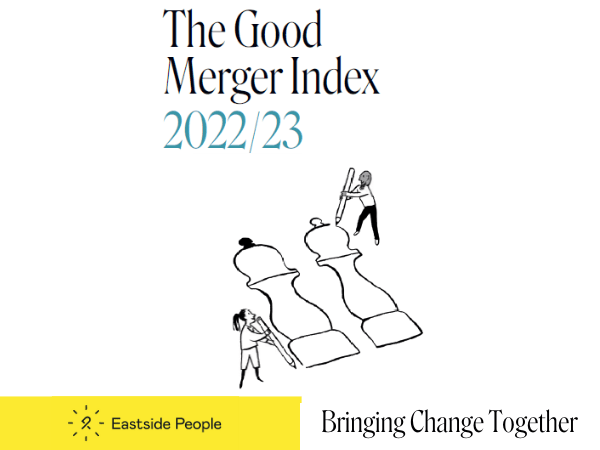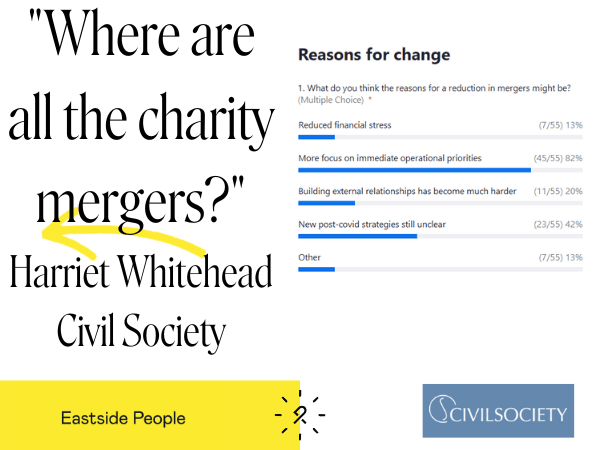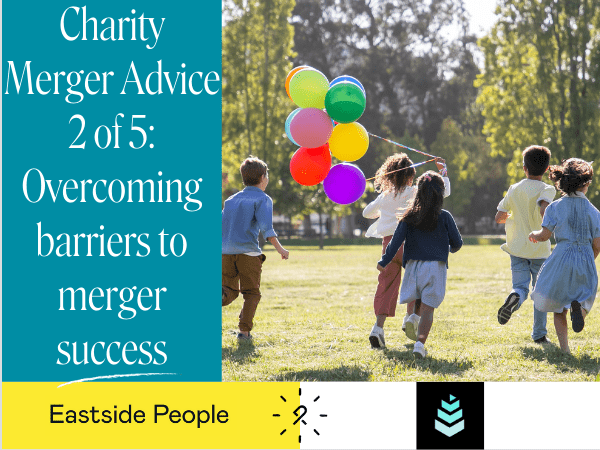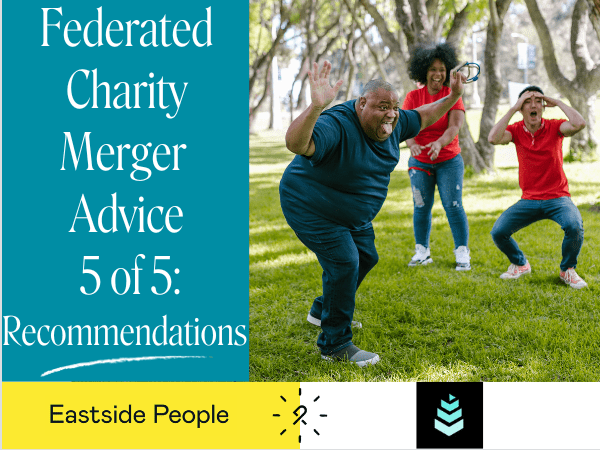Merger blog: The Mix, the UK’s leading support service for young people, came about through a merger between two charities – YouthNet and Get Connected. The merger has enabled The Mix to:
- Grow the provision of free, 24/7 confidential support from 1 million to 6 million young people under 25 over a 6 year period
- Scale up to meet growing demand and fill gaps caused by the withdrawal of statutory services and closure of smaller charities
- Increase efficiencies and remove duplication in the support offered to maximise the value of their charitable resources
- Provide a single, large scale, multi-channel start point for their services via web content, a peer-to-peer online community, 1-1 counselling and a helpline
- Cover a range of subjects including mental health, sex and relationships, drink and drugs, housing, employment and money
- Invest in research, data and youth voice
- Create new opportunities for youth participation and volunteering.
Cara Evans, (previously) COO The Mix, is a firm believer in the value of mergers and partnership working in the sector and has personal experience in both leading and project managing charitable takeovers.
10 Tips for how to manage a charity merger:
Based on the findings of a merger report commissioned by The Mix, this is a list of the top ten things that charities considering a merger or partnership should think about before, during and after a merger project.
- Vision is everything – staff, funders and Boards need to have a clear vision of how the merger would benefit the ability of their charity to deliver on its mission. It is also important to think about any potential impact on the charities’ brands (for example if a new name is being considered)
- CEOs are key – they must be included at all stages of discussions and must be supportive and transparent with each other. The charities’ chairs should also be key contributors to the process to enable smooth management and transition
- Keep staff in the loop – communication is the key to enabling staff to understand and own the process. Regular updates and strategy sharing sessions will help to maximise retention and minimise rumour and speculation
- Seek support around costs early – people will help but want to be engaged in the process
- Plan for what you don’t know – there will be skeletons in the cupboard, have a fund to cover them
- Expect that there will be an impact on service delivery – organisational changes will consume available time for everyone
- Expect a long tail on staff turnover – staff will move on at different speeds, but this will impact your overall held skill and knowledge base over 18 months
- Take advice – talk to whoever you can, to help design your process. It’s important to understand the end-to-end process of planning and moving forward with a charity merger
- Don’t create unnecessary costs – due diligence is the most important part of any merger and should be completed independently by both partners. It may, however, be unnecessary to do everything twice
- Do it quickly – A task will take as long as you give it, move fast to reduce impact. Project management can help to keep everything moving forward according to plan.
The Eastside People Good Merger Index and Good Merger Guide:
- Read the latest Good Merger Index and watch the launch webinar of our annual survey of consolidation activity in the not-for-profit sector, to learn more out more about what’s happening with mergers and partnerships across the charitable sector.
- Download the Good Merger Guide, a step-by-step guide charity merger guide, illustrating how charities, social enterprises and other not-for-profit organisations can explore and implement mergers.
For expert guidance on mergers and partnerships in the charity sector, get in touch with us today to learn how we can support your organisation.




